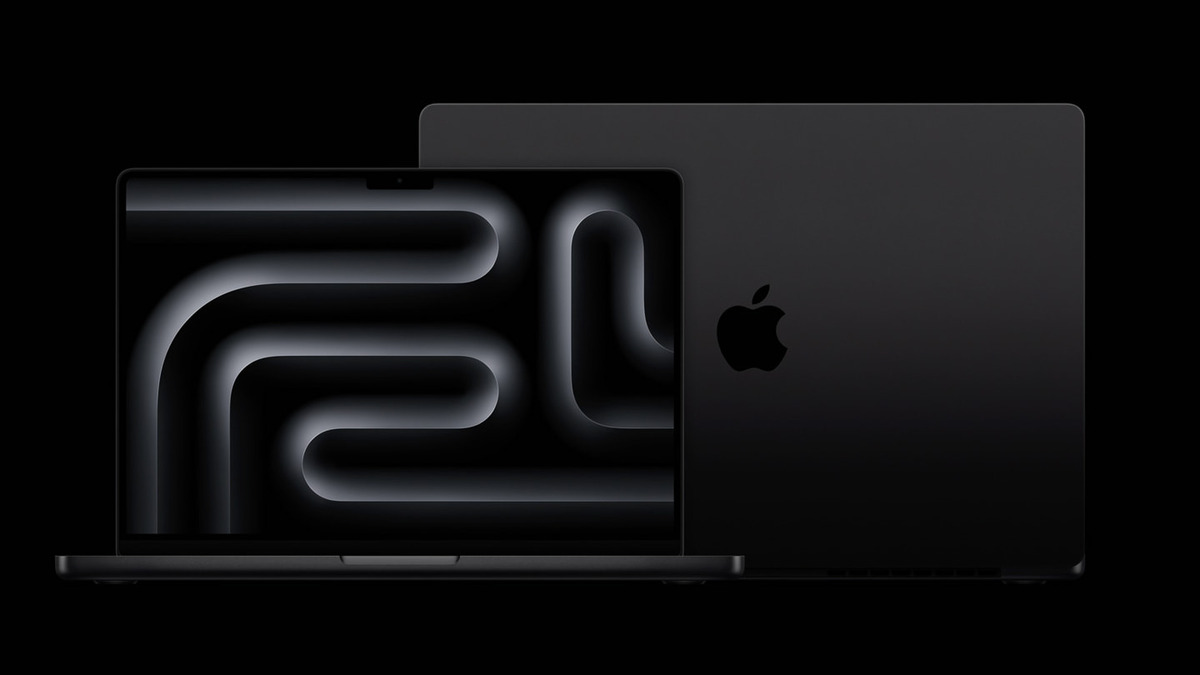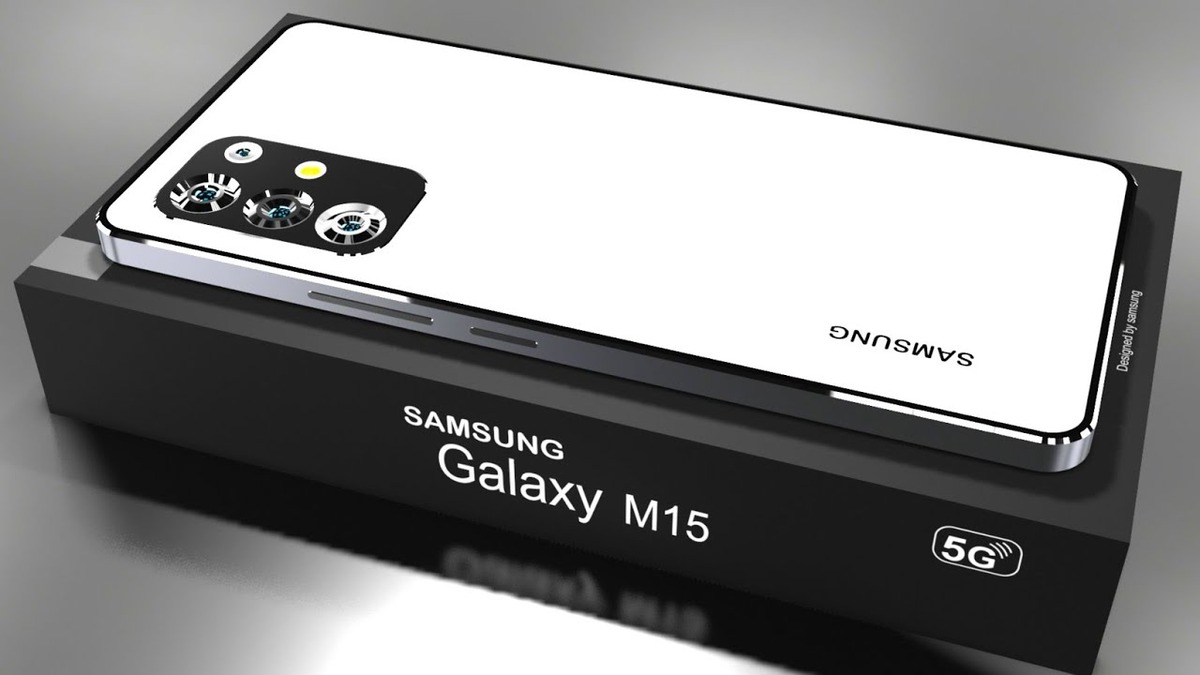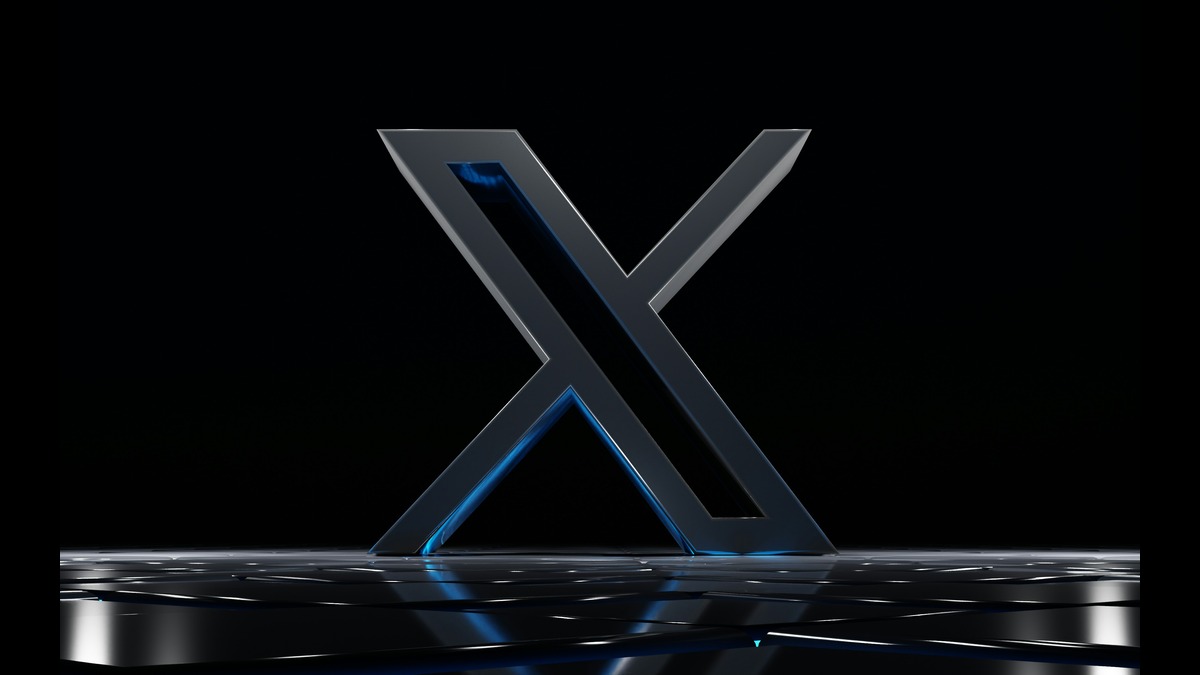
Elon Musk revealed his newest project, XMail, an e...
news-extra-space
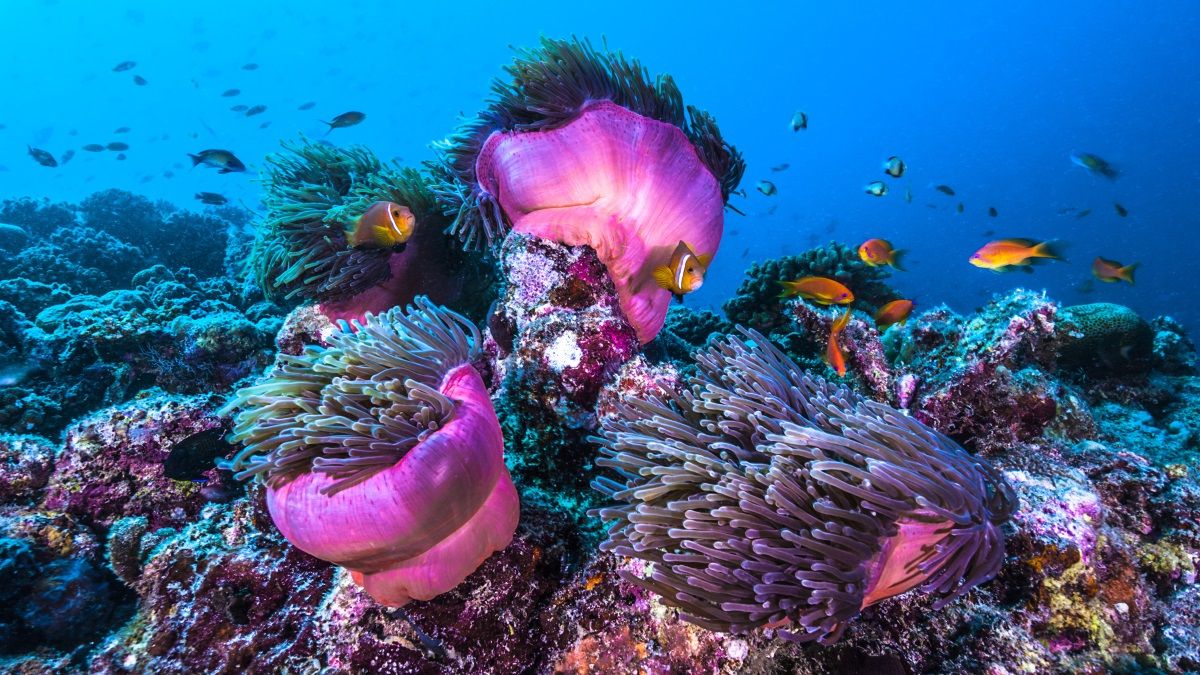
 Image credit- Unite.AI[/caption]
At the Hawai'i Institute of Marine Biology (HIMB) in SOEST, Simone Franceschini, the study's lead author, and a postdoctoral research fellow said that "With this new method, we can accurately identify and measure reef halos on a global scale in a tiny fraction of the time it would take a human being to accomplish the same task."
The UH Manoa School of Ocean and Earth Science and Technology (SOEST) has developed a cutting-edge technique that quickly and accurately detects and measures reef halos on a global scale.
What it would have taken human researchers years to complete is now finished in a matter of seconds.
[caption id="" align="aligncenter" width="1000"]
Image credit- Unite.AI[/caption]
At the Hawai'i Institute of Marine Biology (HIMB) in SOEST, Simone Franceschini, the study's lead author, and a postdoctoral research fellow said that "With this new method, we can accurately identify and measure reef halos on a global scale in a tiny fraction of the time it would take a human being to accomplish the same task."
The UH Manoa School of Ocean and Earth Science and Technology (SOEST) has developed a cutting-edge technique that quickly and accurately detects and measures reef halos on a global scale.
What it would have taken human researchers years to complete is now finished in a matter of seconds.
[caption id="" align="aligncenter" width="1000"]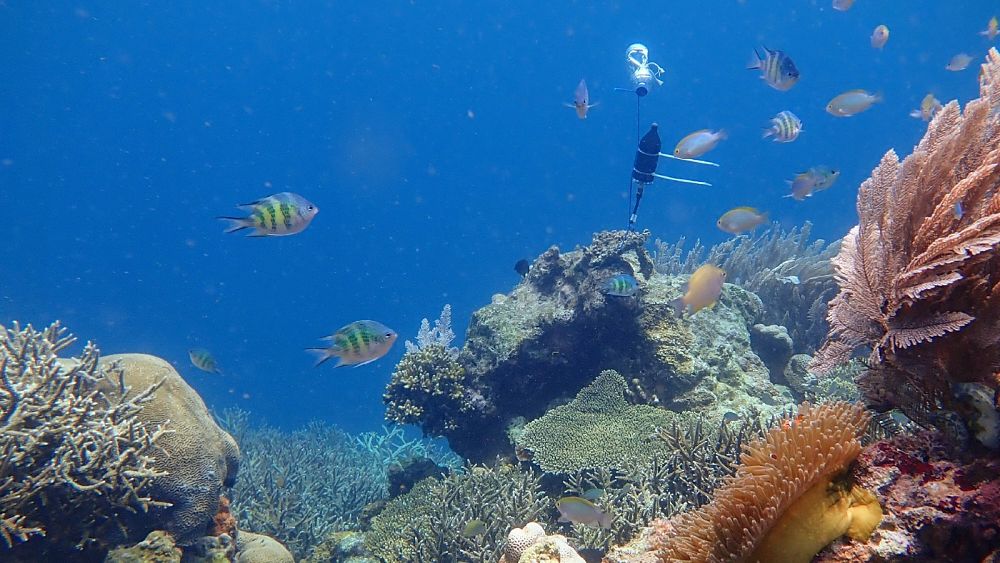 Image credit- Euronews[/caption]
The study's senior author, Elizabeth Madin, an associate research professor at HIMB, sees a time when this AI technology is used extensively for controlling and observing coral reef ecosystems.
Even in the most remote regions of the world, scientists may remotely observe reef halos to learn crucial information about these delicate underwater kingdoms.
Also read: The OnePlus 11 5G enters the 2023 flagship race
Ecological harmony has been achieved by combining AI with ecology. Large-scale ecosystem analysis and wildlife conservation initiatives have undergone a revolutionary change thanks to computer vision techniques and cutting-edge satellite image technologies.
Their intense concentration is now focused on the fascinating patterns of the reef halo.
Image credit- Euronews[/caption]
The study's senior author, Elizabeth Madin, an associate research professor at HIMB, sees a time when this AI technology is used extensively for controlling and observing coral reef ecosystems.
Even in the most remote regions of the world, scientists may remotely observe reef halos to learn crucial information about these delicate underwater kingdoms.
Also read: The OnePlus 11 5G enters the 2023 flagship race
Ecological harmony has been achieved by combining AI with ecology. Large-scale ecosystem analysis and wildlife conservation initiatives have undergone a revolutionary change thanks to computer vision techniques and cutting-edge satellite image technologies.
Their intense concentration is now focused on the fascinating patterns of the reef halo.
Leave a Reply


